Progress has ground to a halt recently, thanks to a combination of the appalling weather and a lack of free time to get out and about when it wasn't doing a decent impression of the inside of a washing machine. I did move the total one further along by identifying another lichen I'd found on a tree trunk as
Xanthoria parietina, a common and widespread species, but it was a relief to wake up this morning to blue skies and still air.
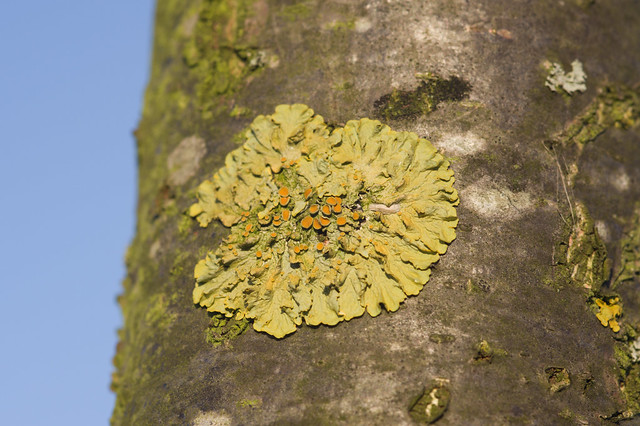 |
| Xanthoria parietina |
I've got into a bit of a habit of always heading out the same way, as I'm lucky enough to live right next to a bridleway heading into the countryside. Today I decided to broaden my horizons and walk down towards a scrubby area of land opposite the local golf course. On the way there I noticed a particularly luxuriant patch of moss and stopped to take some photos, I think the one in the foreground is Wall Screw-Moss, no real idea about the one in the background, but I've got 10 months to go back and take a closer look at least!
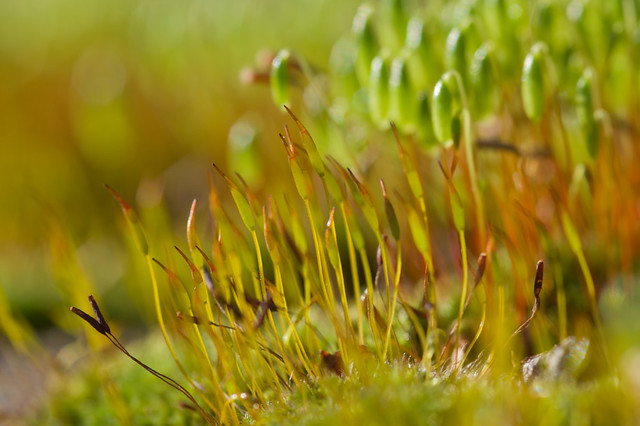 |
| Wall Screw-Moss |
Slightly further along was a patch of Viburnum in flower, and within a few seconds a couple of honeybees buzzed into view. I was hoping for a hoverfly or two, but they were obviously waiting for a bit more warmth before they were tempted out.
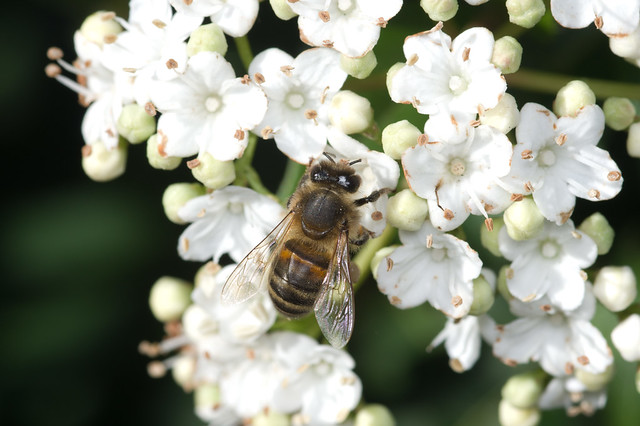 |
| Honeybee on Viburnum |
By the golf course I made the long overdue discovery of some beech trees, and boosted the total one further by noticing a long evacuated mine in one of the fallen leaves, belonging to the micro-moth:
Stigmella hemargyrella.
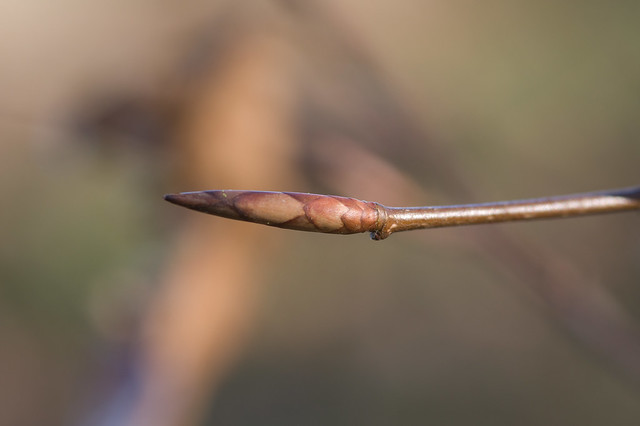 |
| Beech bud |
 |
| Stigmella hemargyrella |
I thought I'd try turning over a few more logs to see if is there was anything different to be found. There were plenty more striped woodlice, and some small grey worms which I chickened out of having to identify, before I struck spider gold in the form of
Pisaura mirabilis, the nursery-web spider.
 |
| Pisaura mirabilis |
I resumed the hoverfly hunt on a patch of sunlit ivy, but the best I could manage were a handful of bluebottles. They were almost certainly the common and widespread species Calliphora vicina, but not being an expert on any sort of flies, and knowing that there are several similar species, they'll go into the list as Calliphora cf vicina - the cf meaning, probably this, but I haven't done enough checking to be completely certain.
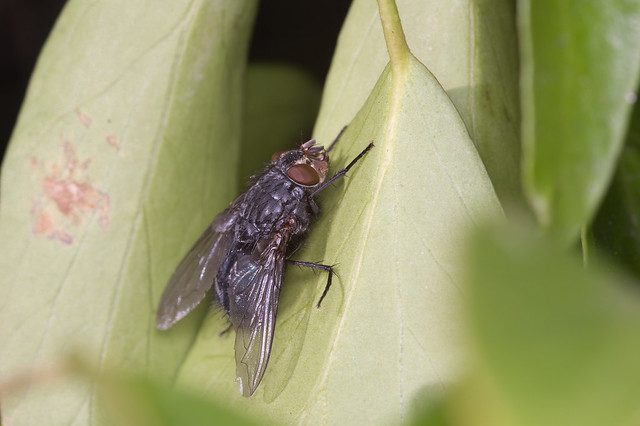 |
| Calliphora vicina |
The path then headed along the side of some quarry workings, a good site for white-letter hairstreaks later in the year. There wasn't much chance of those today, but I was pleased to find a few goat willows starting to come into flower. The male catkins of these are a key early source of pollen and nectar for a number of bees, so I'll be keeping a close eye on them. My attention was quickly drawn away though, by the sight of three small birds flying away, making wheezing noises and showing a clear white rump - Bullfinch! I'd never seen these locally before, and quickly switched the lens over to try and get some photos, but sadly they'd already wheezed off into the distance. I consoled myself by adding Teasel to the list, but it wasn't really the same!
 |
| Goat Willow buds |
 |
| Fluffy! |
 |
| Not a bullfinch! |
After that the path joined onto my usual route, so there wasn't much new to see, barring an impressive display of snowdrops which had appeared since the last time I'd wandered through. The first signs of spring are starting to peep through, but there's going to be a bit more winter to get through first!
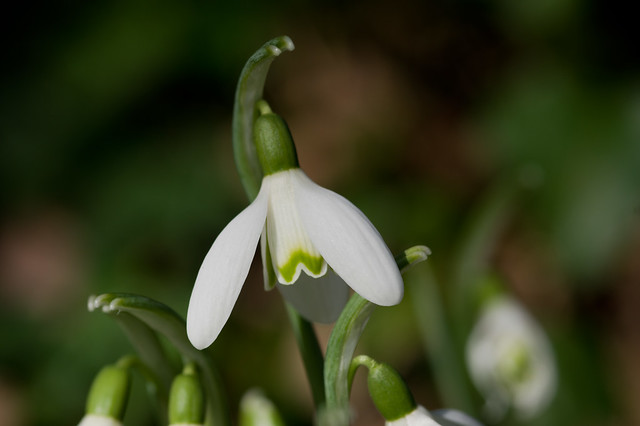 |
| Snowdrop |
Total: 68 Species - see all the photos here
Lifelist 1280 Species - new additions
Stigmella hemargyrella, Wall Screw-Moss and
Xanthoria parietina











No comments:
Post a Comment